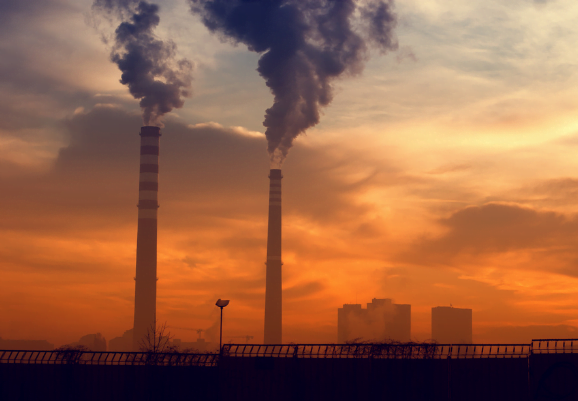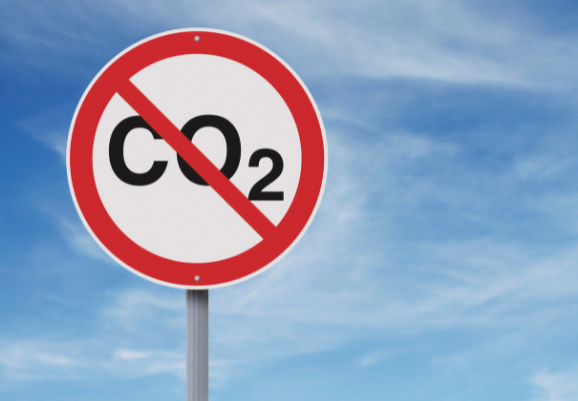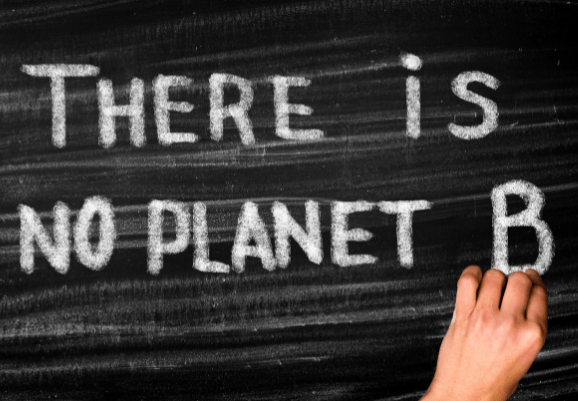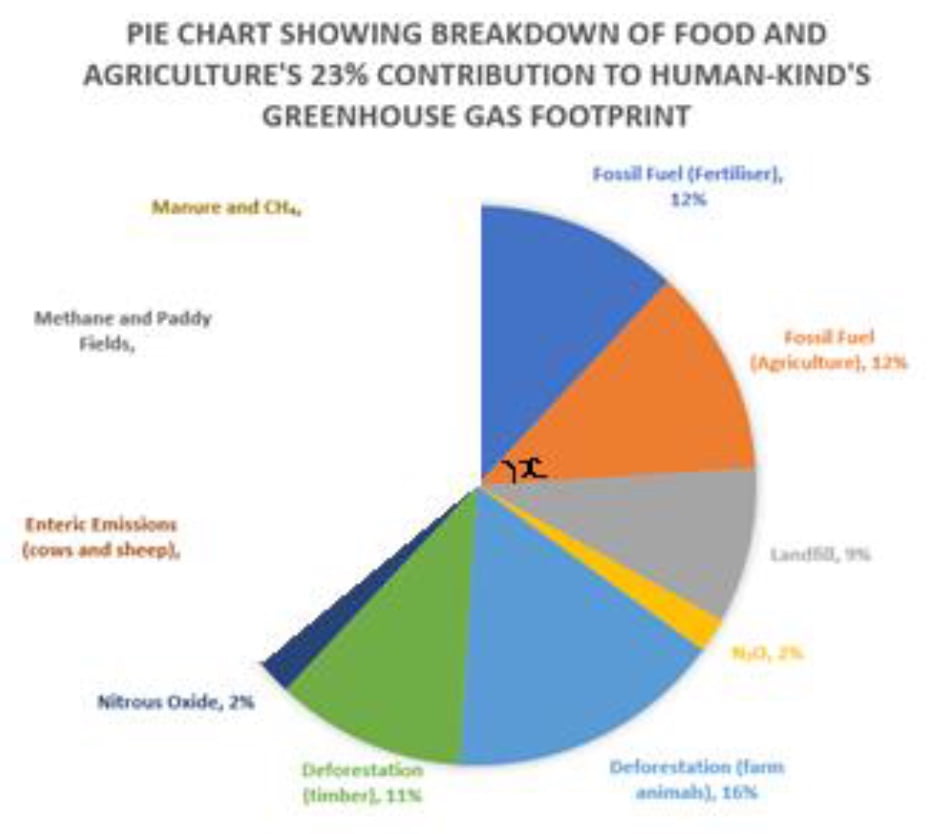The emissions of a city from 2000 to 2012 are modelled by the equation
\(p\left( t \right) = \frac{1}{10}\ln\left( t + 1 \right) – \cos\frac{t}{2} + \frac{1}{10}t^{\frac{3}{2}} + 199.3\)
\[0 \leq t \leq 12\]
a) Show that the emissions reach a local maximum in the interval \(8.5 \leq t \leq 8.6\)
[5 marks]
The emissions reach a local minimum between 9 and 11 years after the measurements began.
b) Using the Newton-Raphson procedure once and taking \(t_{0} = 9.9\) as a first approximation, find a second approximation of when the emissions reach a local minimum.
[6 marks]








